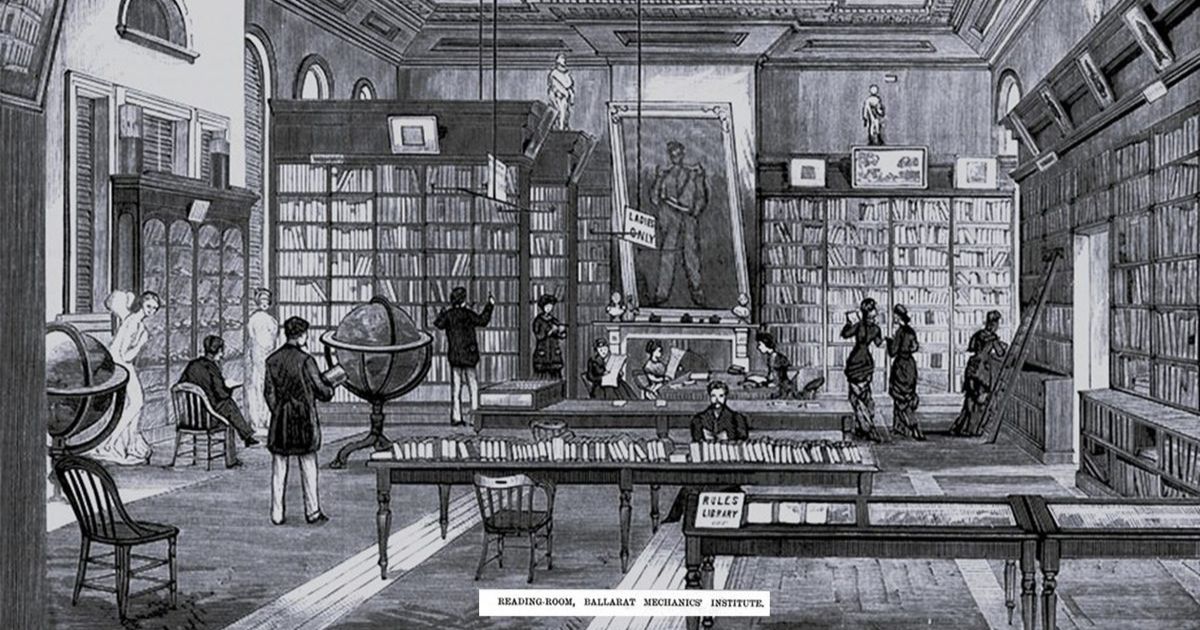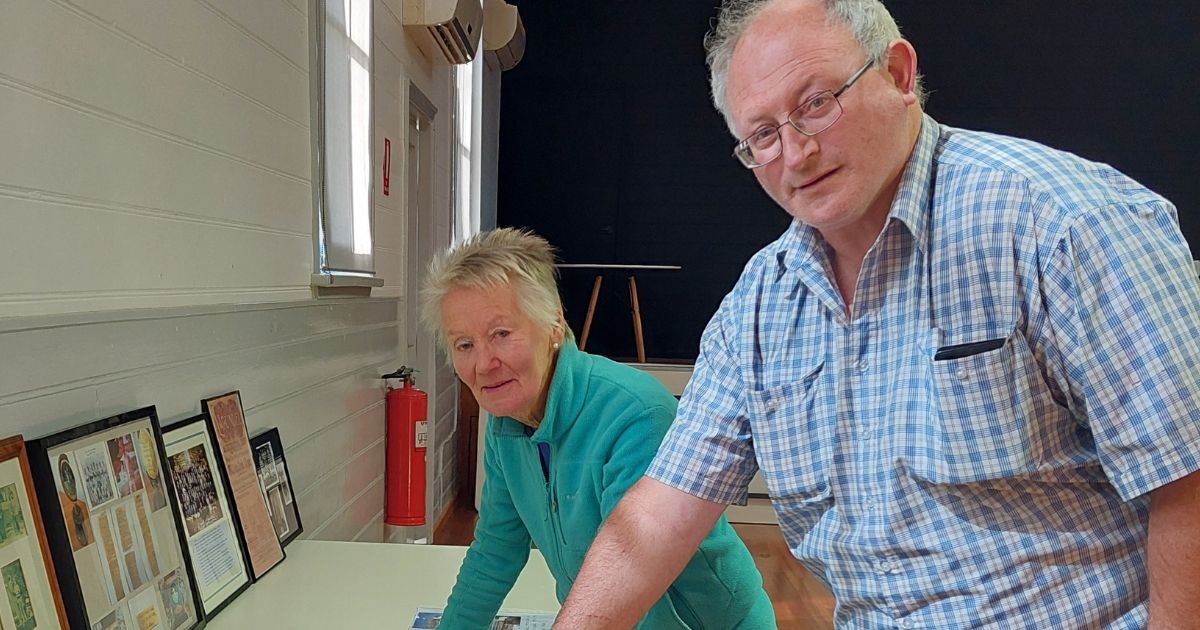World-first project uncovers LGBTQIA+ life on the goldfields
A NEW digital platform is uncovering the lives and stories of LGBTQIA+ bushrangers, gold miners, farmers, performers and everyday people who lived on the Victorian goldfields during the nineteenth century.
In what is thought to be a world first, Federation University and the City of Ballarat have joined forces to launch what is known as the Queer Goldfields project.
It features more than 200 articles from 19th century Victorian newspapers – meticulously collected by Federation University arts students – all highlighting the life and times of historical figures through an LGBTQIA+ lens.
The platform was created as part of a university student research project, bringing together industry and community partners through cooperative learning.
Historical figures featured include the infamous bushranger Captain Moonlite, whose love for James Nesbitt was expressed in emotional prison letters, Edward De Lacy Evans, a trans man who lived and worked in Bendigo, and Lola Montez, a fierce and flamboyant queer icon.

The project also uncovers stories of lesser-known individuals such as Lesbia Harford, a poet and activist who explored bisexuality and free love, Fredrick Wilson, who lived and performed as Miss Frankie, and Joseph ‘Joey’ Hanslow, who lived for decades as a woman despite being born as a male.
Students gathered the material by sifting through Trove, Australia’s newspaper archive, to uncover long-forgotten stories.
The university believes that no comparable database exists anywhere in the world that applies a queer lens to regional 19th century goldfields history on this scale.
Students will expand the archive as they continue to unearth new stories.
The university’s head of social science, humanities and criminal justice, associate professor of history David Waldron, said the Queer Goldfields project is integrated into the Bachelor of Arts capstone project coursework.
“In their final year, students can undertake self-directed research projects designed to foster authentic assessment practices and cooperative learning by closely collaborating with industry and community partners,” he said.

Student Daniel Turner-Chapman said there’s a lot of hidden history under the surface.
“LGBTQIA+ people have always been part of Australia’s, and Ballarat’s, community and culture – sometimes persecuted and sometimes celebrated, sometimes fighting to be seen and heard and sometimes trying to stay secret and safe,” he said.
“They were here, they were queer, and they have not disappeared.”
Student Meghan Aponte is a storyteller by trade.
“For me, it is the stories I’m uncovering that truly unveil the human at the heart of century-old history,” she said.
“This dive into the queer history of the goldfields is an important opportunity to contextualise the experiences of those who came before us, and to tell stories from those who never had a voice to tell them.”
Stories on the platform include two men found in bed together on a Ballarat farm in 1874, a man in Maryborough who publicly dressed and lived as a woman for more than 20 years, a passionate relationship between a teacher and her student in a women’s college, a queer bush ballad lamenting a lost male lover, and police court records showing men arrested for cross-dressing and sharing beds.
The project can be accessed at queergoldfields.au.



















